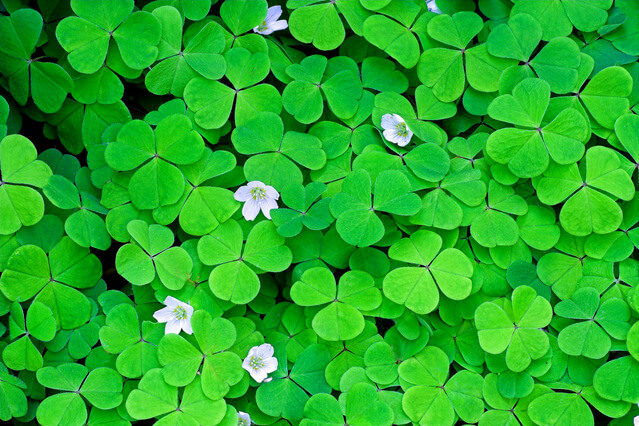
Free Images.com/Steve Knight
Even though we tend to focus our blog on the amazing destination weddings we plan in Ireland, part of the planning process is also getting some inspiration into the history, culture, and celebrations of Ireland. And with St. Patrick’s Day coming up, what better way to get acquainted than with an ol’ fashioned pub quiz! Check out our other pub quiz post here. This version will focus on some of Ireland’s history as well as some cultural facts. Use them together to impress your friends of all things Irish! Or better yet, pull up a pint of your favorite, grab your friends, and take this quiz together to see how much you really know about Ireland!
Q1: The “O” in front of an Irish last name like O’Donoghue means: (a) a trade the ancestor did; (b) “son of” ; (c) “of the village ___”; (d) “descendant of”
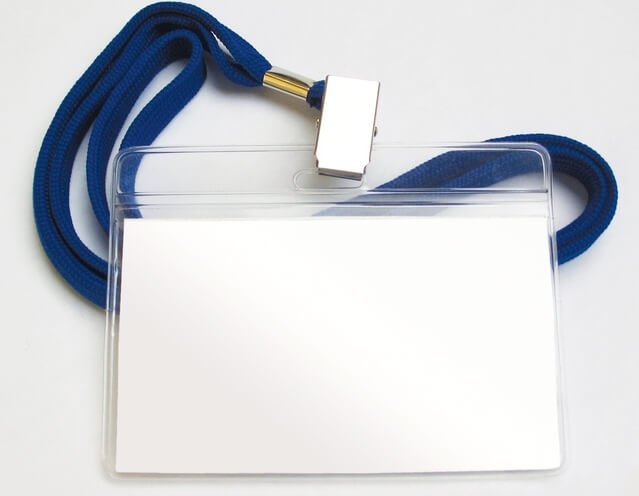
FreeImages.com/Henk L
A: Descendant of ___.
In Gaelic the “O” in front of the last name translates to “descendant of this clan.” So for example, O’Donoghue would mean “descendant of the clan Donoghue.” You’ll see “Mac” or “Mc” in front of a name like McIntyre or MacTavish and the Mac/Mc are the same thing — they mean “son of.” Some believe the Mc denotes Irish and Mac denotes Scottish, but the truth is both cultures use them interchangeably. And to make it even more confusing, some drop the letters and just use M’ with the last name following. But the O’ will always be Irish.
Q2: What is Ireland’s native language? : (a) Gaelic; (b) Olde English; (c) Latin; (d) French
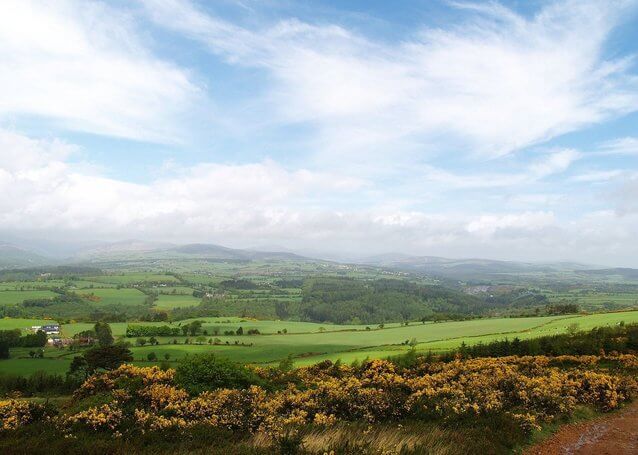
FreeImages.com/Brian Lary
A: Gaelic.
Irish has been exclusively spoken in Ireland since before the 4th century A.D. Known originally as “primitive Irish,” this language would serve as the base for other Gaelic languages most notably Scottish Gaelic in Scotland and Manx on the Isle of Man. Around the 5th century, Christianity began to spread throughout Europe and into Ireland as well. Brought with it was the Latin language, which began to influence primitive Irish and give way to what is known as Old Irish. An example is the Domhnach — Gaelic for “Sunday” which comes from the Latin dominica. Old Welsh also played a small but notable influence on the Irish language’s continued development. By the 10th century a solid, notable Irish language was formed known as Middle Irish that was used extensively throughout Ireland, Scotland, Wales, and neighboring islands. By the 17th century, an increase of English influence both in politics and culture morphed the Irish language once again into what is known as Modern Irish. From the 18th century, the Irish language was unfortunately starting to get replaced by English as the preferred language for communication. British rulers in Ireland discouraged the native Irish language as a form of control over its population. In an effort to consolidate its followers, the Catholic church supported using English as the primary language in masses rather than Irish as it’d been done traditionally for so many years. Increase in trade, colonialism, and travel also helped to influence a preference for the more widely spoken English. By the 1750’s Ireland had become solidly bilingual: English for business and Irish for home. In the larger cities English was preferred, which gradually pushed the Irish language even father out to the perimeter of the island. By the 20th and 21st century, unfortunately many native Irish and Irish diaspora lost their fluency in Gaelic. In fact, at one point there were only 21 villages on the entire island that continued to speak Irish on a daily basis. Known as the Gaeltacht, these villages can be visited today where you’ll see the signs are all in Gaelic, hear the language being spoken freely among the people, and really get a feel for this incredible cultural tradition dating back so many years that managed to stay unbroken. The fact that this part of Ireland’s cultural identity was sadly lost for so many years and in danger of being lost completely led to a political and cultural movement in recent years to encourage Gaelic back into the Irish consciousness. Today it is being encouraged as a an official subject of study at school, an overall strong encouragement to revive the Gaelic language throughout the country, and even extend out to the diaspora to learn via apps and other language tools. This has embraced and today we have many more native-speaking Irish not only in Ireland but also beyond!
Q3: Who founded the city of Dublin? : (a) St. Patrick; (b) the Romans; (c) the Vikings; (d) the Celts
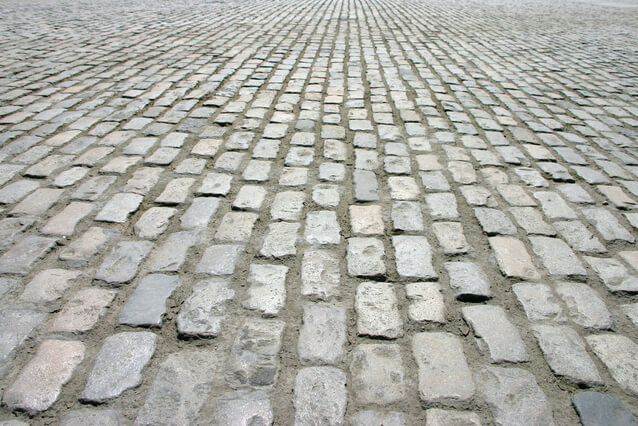
FreeImage.com/Dara Gallagher
A: The Vikings!
Although ancient Celtic people long-inhabited Ireland, the capital city was actually founded by none other than famous Viking Ivar the Boneless of the Great Heathen Army in the late 800’s A.D. As the story goes, after avenging his father Ragnar’s death in England at the hands of King Aella in Northumbria (snake pit — messy business), the sons of Ragnar split off to continue raiding and founding new kingdoms. Ivar chose to go west to Ireland, where he settled in the Dublin area. Back then Dublin was a small ecclesiastical center of early European Christianity. They turned it into a bustling port town and formidable fortress, the base that would eventually found the city in 914 A.D. and take title as one of Ireland’s oldest city. Also known as Imar, Ivar the Boneless would found the Uí Ímair dynasty that would dominate the Irish Sea region for many centuries to come. According to the saga, Ivar/Imar left Dublin to go raid in England. He was killed in a battle and buried in England. He instructed his army should he be killed, that he be buried in a place that was exposed to attack for if anyone tried to attack that land, they would not be successful in taking it. And true enough, England held against all foreign attack until William the Conqueror stepped foot from Normandy, found Ivar’s burial mound, took out the body, burned it on the pyre, and continued his successful invasion.
Q4: The phrase “luck of the Irish” was given to Irish immigrants that successfully made the often treacherous voyage over the Atlantic to the American colonies in the 17th and 18th centuries, true or false?
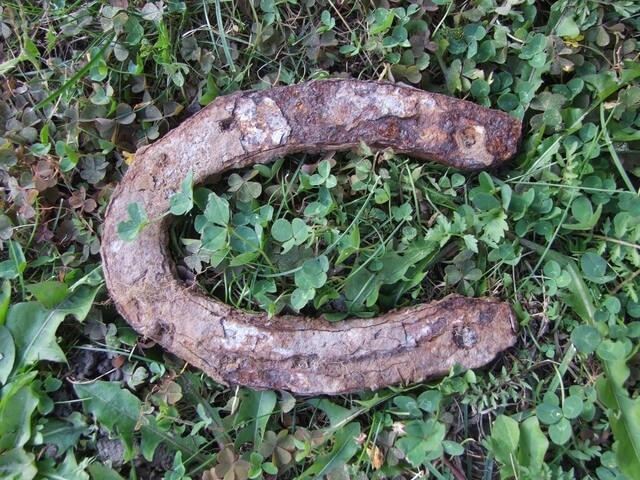
FreeImages.com/Hajnalka Ardai Mrs.
A: False.
While the voyage over the Atlantic was fraught with dangers, the term “luck of the Irish” is actually a more recent phrase attributed to Irish immigrants in America, and not one of a complimentary nature either. Used in reference to the gold and silver rush years in 19th century America, the majority of successful miners happened to be Irish (by way of birth or ancestry). This quickly developed into a reputation that the Irish people were very lucky. At first this seems like a compliment, but in fact it was a derogatory double-handed compliment born out of jealousy — the implication being that only luck led to their success, not intelligence or industry.
Q5: Name the burial ground in Ireland that is older than the pyramids in Egypt: (a) Stonehenge; (b) Uragh stone circle (c) Aillwee cave (d) Newgrange
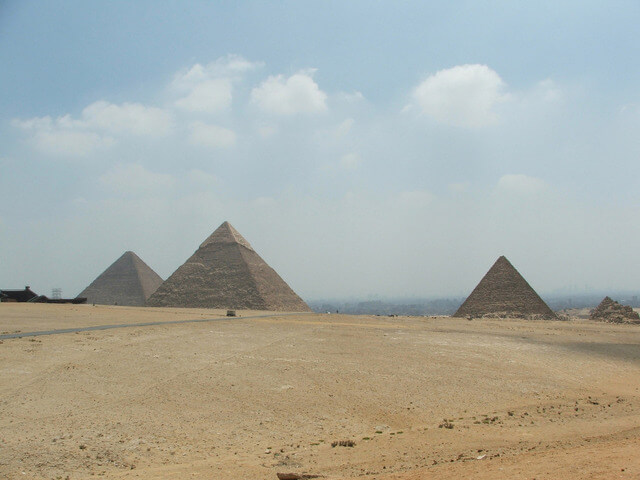
FreeImages.com/ Andrea De Stefani
A: Newgrange.
Celtic burial mound, Newgrange, was constructed around 3200 B.C., making it over 600 years older than the pyramids in Egypt and 1000 years older than Stonehenge! Located a short distance outside of Dublin, you can visit this incredible archaeological site today. The actual mound together with ancient carvings, pictures, and much more all created by the ancient Celtic people is both an incredible cultural experience as well as a spiritual one. Stonehenge is actually in England. Although the Uragh stone circle in Ireland a spectacular site to behold, it does not date as far back as Newgrange. And Aillwee cave is just a cave — it wasn’t used as a place of burial.
Q6: Name the dog breed that is one of Ireland’s oldest and most authentic icons: (a) jack russell terrier; (b) wolfhound; (c) bulldog ; (d) sheepdog
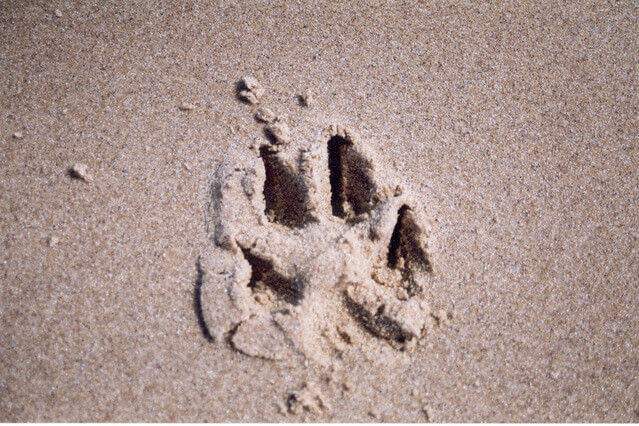
FreeImages.com/Bethan Hazell
A: The Irish Wolfhound.
This large breed of dog has been man’s best friend in Ireland for over 7000 years! Today’s breed weighs in at an impressive average of 120 lbs for males, around 90 lbs for females, but their ancestors were even bigger! They were highly revered in ancient Ireland, even impressing upon the ancient Romans and Julius Caeser himself who wrote of them in his The Gallic Wars. The Irish used these massive dogs to hunt wolves, guard their homes, keep their livestock in line, and even in war — the dogs would go into open battle right along with the Irish warriors and on many occasion helped turn the tide to the Celts‘ favor! So impressive were the wolfhounds in battle that they were referenced with “cu” before their name — a respect reserved for only kings and distinguished warriors. Agile, very intelligent, and disciplined, the Irish wolfhound today is the largest breed of canine according to the American Kennel Club. And although not fighting fierce battles anymore, these gentle giants do enjoy the regular hunt in the Irish countryside.
Q7: What was the name of the original alphabet used by the ancient Celts? : (a) Latin; (b) Ogham; (c) Runes; (d) Pictish
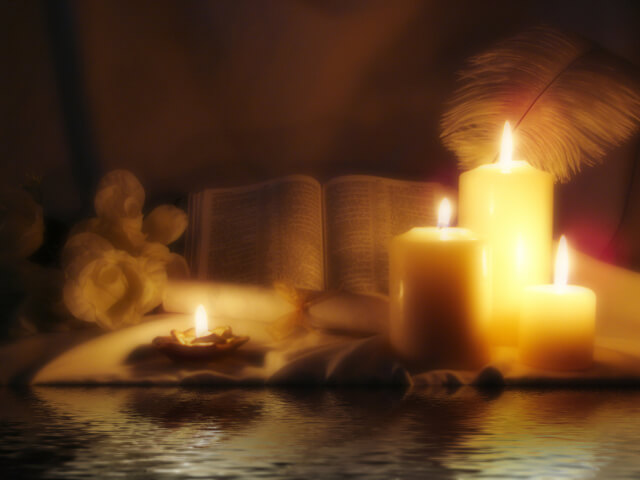
FreeImages.com/Andrew Klaus
A: Ogham.
This line-based alphabet inscription style dates back to at least the 4th century in Ireland. Many scholars believe it dates actually much earlier, even as far back as 1 century B.C. The ancient Celts would carve lines into natural elements like stone, trees, bark, sticks — usually names — to communicate locations, mark important features, graves, ownership, etc. In the alphabet, each letter symbol is named after a tree. The horizontal lines are linked by a vertical line to denote a singular letter. These series of symbols are then grouped together for form words, and are read from bottom to top (not top to bottom as in English). Interestingly, many scholars believe this alphabet was conceived as a way to communicate secretly: the combinations of 1/2/3/4/5 lines to each letter directly correspond to a finger on your hand (1-5 fingers); you could hand-signal your communication or write it on trees and other markers for people to find. There are many monuments and archaeological sites that still display the Ogham alphabet originally carved by the ancient Celts today, in Ireland, Wales, and Scotland. And manuscripts where the Ogham was translated into Latin and Old English even! It’s quite fascinating!
Q8: The composer of “O’ Danny Boy” was: (a) Irish; (b) English; (c) Northern Irish; (d) American .
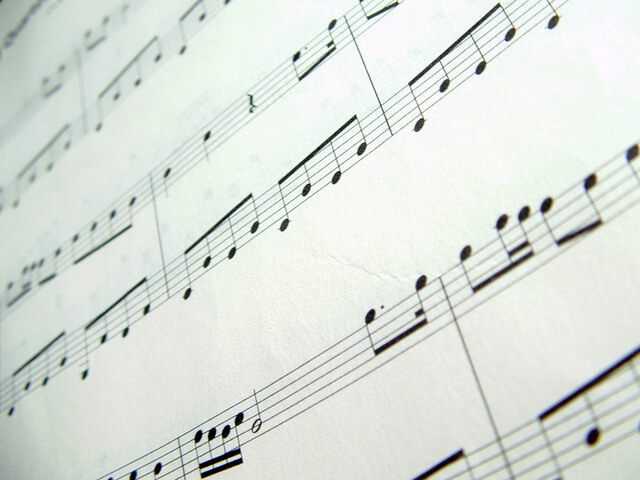
FreeImages.com/alfonso diaz
A: English.
The lyrics may tell a story about a boy named Danny who left Ireland during the famine, but it was written by an English lawyer in 1910 in England! Frederic Weatherly wrote the lyrics to the song in Bath, Somerset (England) and after hearing his sister-in-law (who was born in Ireland) sing the Irish song ‘Londonderry Air,’ he set his lyrics to the song. So it’s an Irish tune and about an Irish lad but written by an Englishman.
Q9: In what country were the cocktails “Irish Car Bomb” and “Black Velvet” created: (a) America; (b) Ireland; (c) England; (d) Canada.
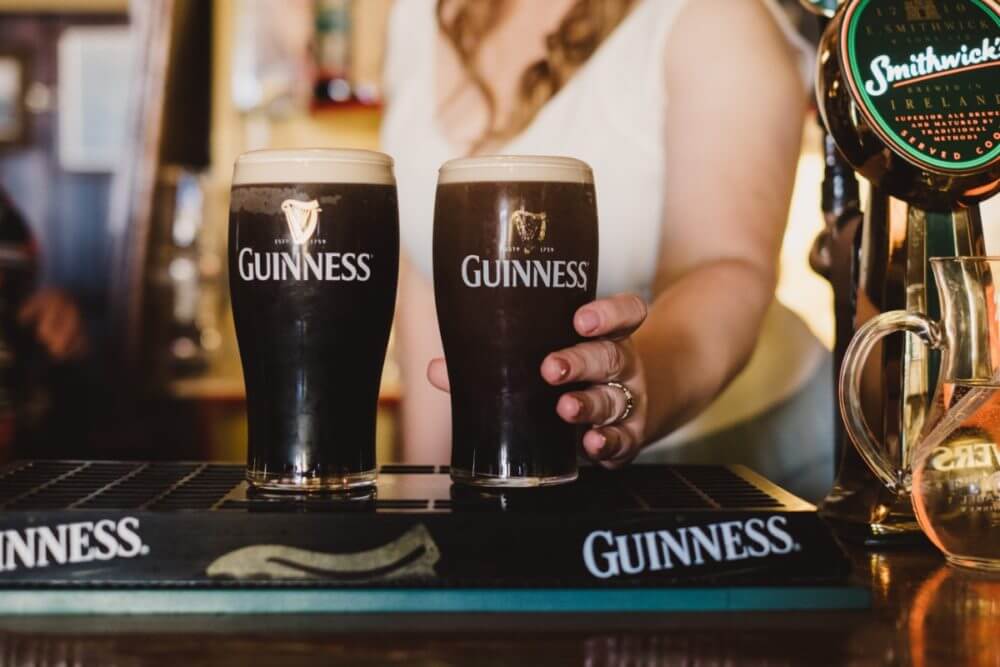
Awake and Dreaming Photography
A: England!
The popular drink, Irish Car Bombs, were invented in an English pub and are a shot of Bailey’s Irish Cream and a shot of Irish whiskey dropped bomb-style in a pint of Guinness, then slammed back. The name comes from the bomb-style of dropping the shot glasses in the pint of Guinness, but also to the car bombings between Ireland and Northern Ireland called “The Troubles.” There are some Irish pubs that won’t serve the drink, as it’s considered offensive to order. Black Velvet is a half Guinness, half champagne drink usually served in a champagne glass. It was created in England in 1861 to mourn the death of Prince Albert, consort to Queen Victoria. The dark Guinness achieves the black shroud effect echoed in the shawls and veils worn at the time at funerals. So even though Irish spirits are used, the drinks are actually English!
Q10: Polar Bears are Irish, true or false?
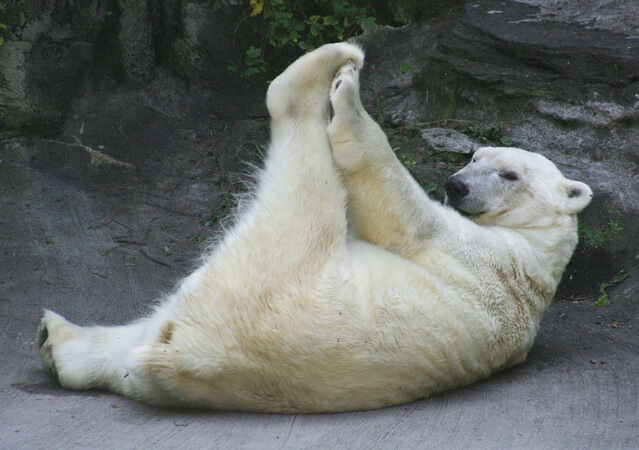
FreeImages.com/William Picard
A: True!
DNA tests on modern-day polar bears have revealed they are originally from Ireland! Their DNA closely matches that of the Irish brown bear, suggesting that the bears left Ireland during the last ice age when it became too warm. While others stayed in Ireland, their cousins went north and became the polar bears we know today.
Q11: This widely celebrated American holiday originated in Ireland: (a) Halloween; (b) Christmas; (c) Easter; (d) April Fool’s Day
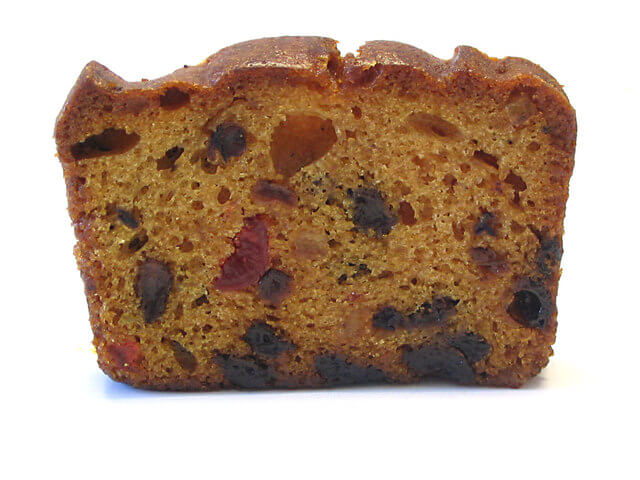
FreeImages.com/mark mordecai
A: Halloween.
Called Samhain in Gaelic, our Halloween traditions originated in Ireland and were brought over to the Americas through Irish immigrants. The ancient Celts believed the veil between the spirit world and our world was at its thinnest around October 31st. People would dress in costumes, paint and cover their faces to confuse the spirits who would come back to the village to play tricks on the living, or possibly take revenge on those who wronged them while still alive. The people of the village would gather around a large bonfire in the center of the village to honor the dead. They would bring back a torch lit from the bonfire’s fire and carry it back to their own homes to light the hearth in a hallowed out turnip; in America the easier-to-carve pumpkin was substituted and know known as the jack-o’-lantern. At home the table was set for a feast, and one extra place setting was placed for the dead to join that night. Children dressed as ghosts would go from house to house impersonating spirits, asking for offering to help appease those who’ve passed. The villagers would give these visitors a “treat” — a piece of barmbrack (a fruitcake made with dried fruits, peels, and heavily seasoned with spices) — to ingratiate themselves with the spirits; today we give candy. Eventually the Catholic church replaced All Hallow’s Eve with All Saint’s Day on November 1st, but the traditions were too great and All Hallow’s Eve continued to be celebrated throughout Celtic parts of the world and in America. Today Halloween remains one of the most popular holidays in America.
Q12: The Titanic stayed in this Irish port of call town on her maiden voyage: (a) Belfast; (b) Waterford; (c) Queenstown (Cobh); (d) Dublin
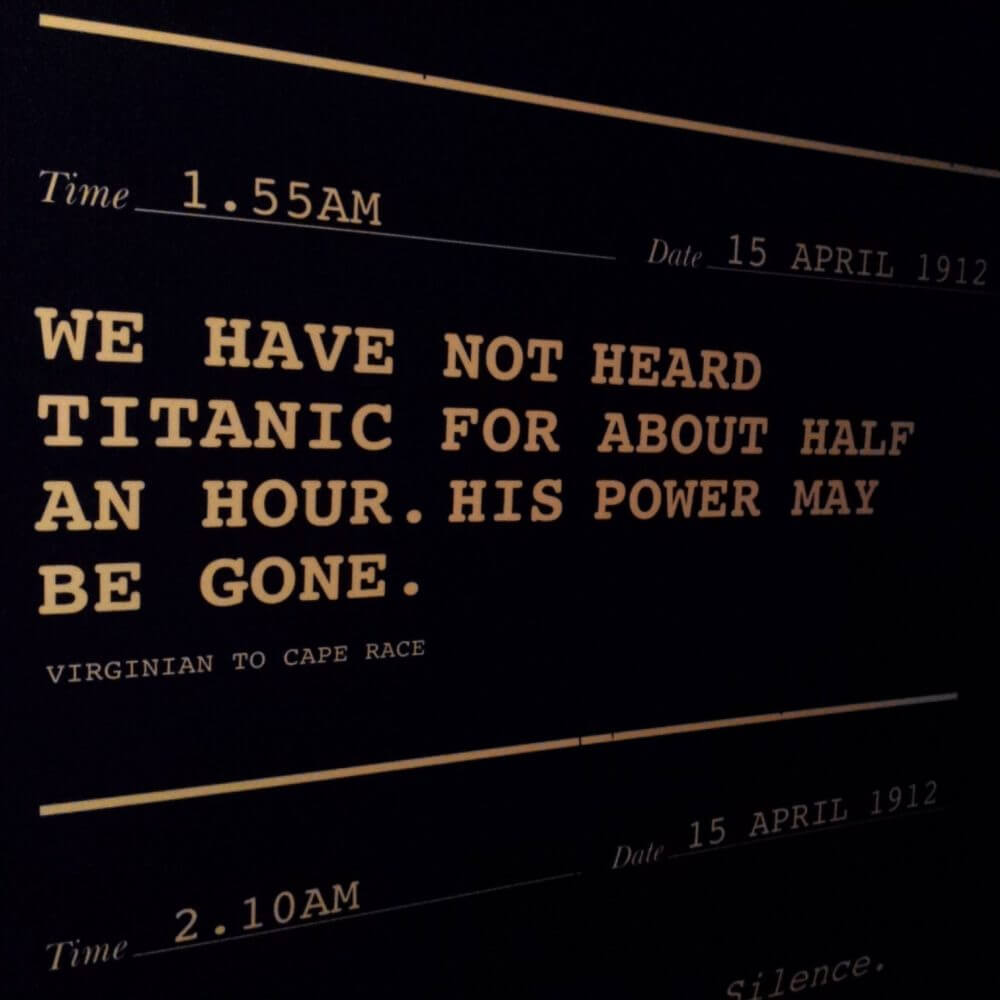
Copyright Michelle Escobar, 2014
A: Queenstown (Cobh).
The famous “unsinkable ship” the RMS Titanic was built by Irish hands in Belfast, Northern Ireland on Queen’s Island in Belfast Harbour. When she departed for England she would never see Belfast again. Titanic’s home port is registered as Liverpool, England. She began her maiden voyage from Southampton (England), stopped at port of call Cherbourg (France), then went on to Queenstown (now renamed Cobh) in Cork (Ireland) before departing into the open Atlantic seas where she’d meet her fate. Today Cobh remains a bustling port town, the only dedicated cruise terminal in all of Ireland.
BONUS: whoever gets this correct gets an extra shot of whiskey (the good stuff, mind you)
Q: Irishmen James Hoban is a part of America’s history in this huge way: (a) he designed the White House; (b) he designed the American Flag; (c) he was part of a secret spy ring in the Revolutionary war that helped turn the tide in Washington’s favor; (d) he delivered the Declaration of Independence to England to be published and circulated there
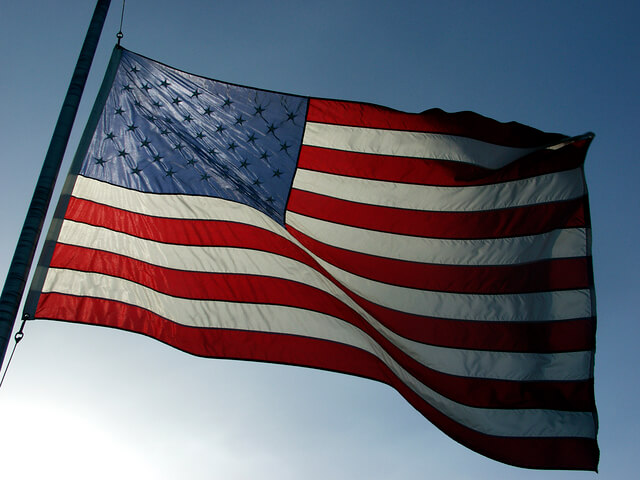
FreeImages.com/Christopher Bruno
A. Irishman James Hoban designed the White House
President Washington visited Charleston, South Carolina in 1791 where he saw under construction a county courthouse designed by Irish-born architect James Hoban. He met with Hoban to inquire about creating a similar design for the official presidential residence. Hoban’s original design for the White House was based exactly on the courthouse’s design, and was submitted along with 8 others (including one given anonymously by Thomas Jefferson). Washington looked over the designs and quickly selected Hoban’s from the submissions. Not entirely pleased with the direct copy of the courthouse, Washington encouraged Hoban to redesign the structure to be more monumental and grander in appearance. Based on Washington’s own recommendations, Hoban changed the original 3-story design to a wider 2-story and expanded the western and eastern out significantly to get the neoclassical style residence we have today. Jefferson and others would later tweek the design with some additions like the rotunda in the front, but the original American iconic structure was designed by an Irishman born in Kilkenny, Ireland!
Hope everyone had fun getting to know a bit more about Ireland and its history, culture, traditions, and its remarkable place in the world today. Raise your glass and cheers! to a happy St. Patrick’s Day!
comments +